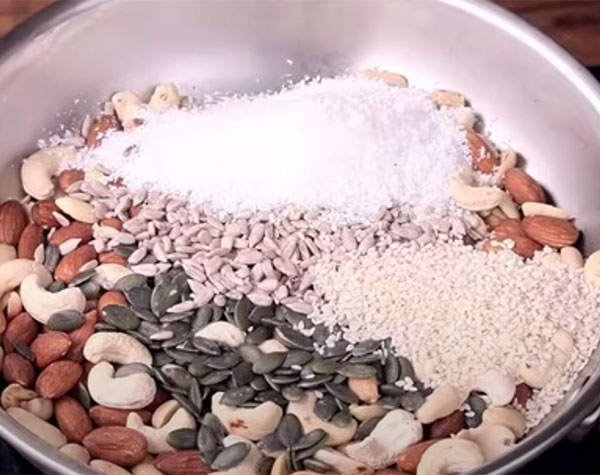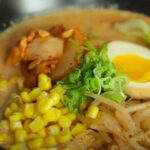
Japanese Vegetarian Ramen
August 16, 2024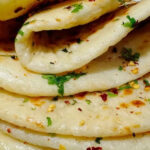
Turkish Flatbread (Bazlama)
September 1, 2024
Japanese Vegetarian Ramen
August 16, 2024
Turkish Flatbread (Bazlama)
September 1, 2024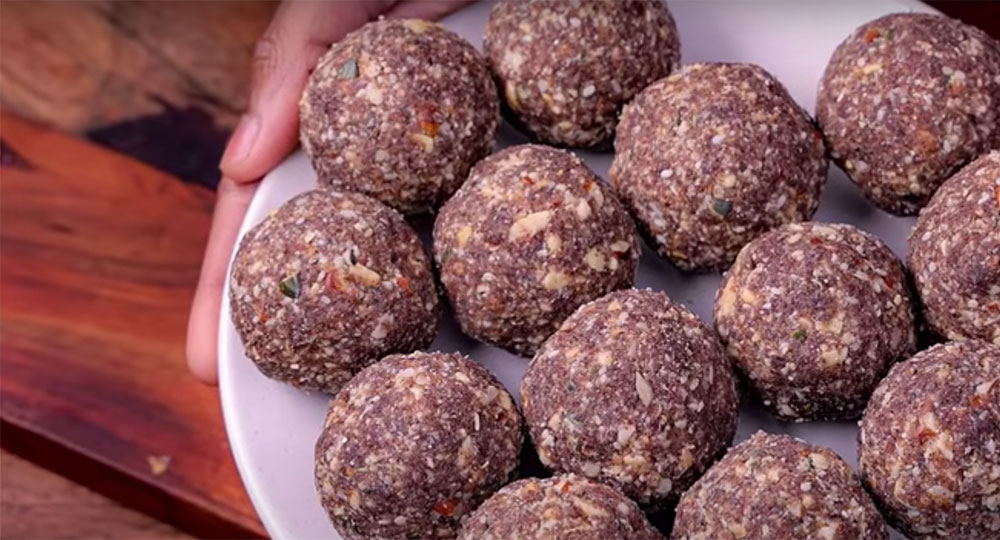
The Role of Ragi Ladoo in Vegetarian Diets
A Nutritious Addition to Vegetarian Recipes
In the vast world of vegetarian recipes, Indian cuisine stands out for its diversity and depth, offering a plethora of dishes that cater to every palate and nutritional need. Among these, "Ragi Ladoo" has gained prominence, not just as a traditional sweet but as a wholesome and nutritious snack. This essay delves into the significance of Ragi Ladoo, its place in vegetarian diets, and its contribution to healthy living.
30 Mins
Easy
Serves 8
The Nutritional Powerhouse: Ragi
Ragi, also known as finger millet, is a cereal grain that has been cultivated in India for centuries. It is particularly revered in regions like Karnataka, where it is a staple food. The grain is celebrated for its remarkable nutritional profile, making it an excellent addition to vegetarian recipes. Ragi is rich in calcium, iron, and dietary fiber, nutrients that are crucial for maintaining bone health, preventing anemia, and promoting digestion. For vegetarians, who often seek plant-based sources of these nutrients, ragi becomes an indispensable part of the diet.
Ragi Ladoo: A Traditional Sweet with Modern Appeal
Ragi Ladoo is a quintessential Indian sweet, made by blending roasted ragi flour with ghee (clarified butter), jaggery (a traditional sweetener made from sugarcane or palm sap), and aromatic spices like cardamom. The mixture is then shaped into small, round balls, creating a treat that is as delightful to eat as it is beneficial to health.
What sets Ragi Ladoo apart from other sweets is its unique combination of taste and nutrition. Unlike many traditional sweets that rely heavily on refined sugar and flour, Ragi Ladoo is made with whole grain flour and jaggery, both of which are rich in essential nutrients. The use of ghee, while adding richness, also ensures that the ladoos provide healthy fats, which are necessary for the absorption of fat-soluble vitamins and for maintaining energy levels.
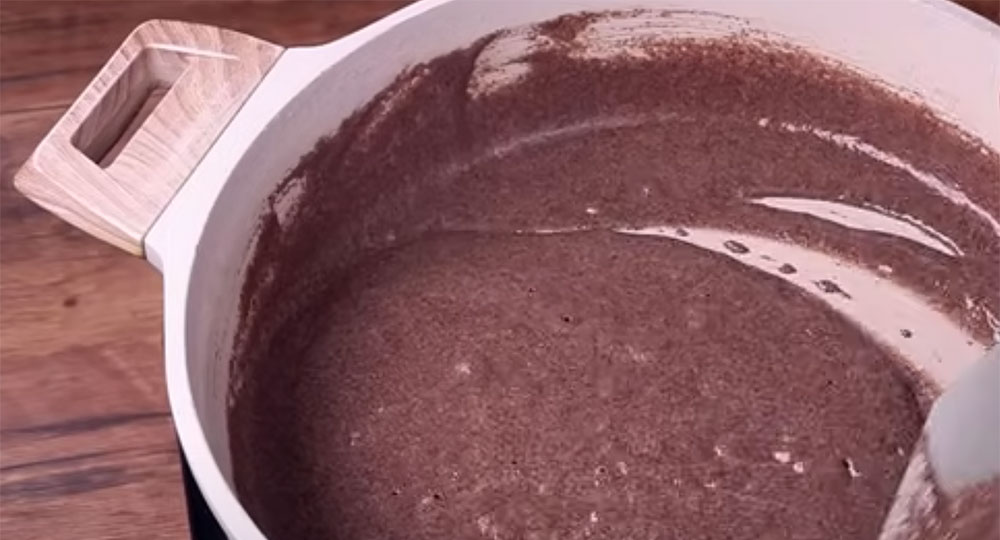
The Role of Ragi Ladoo in Vegetarian Diets
Vegetarian diets, while rich in fruits, vegetables, and legumes, can sometimes lack certain nutrients that are abundant in animal-based foods. Ragi, with its high calcium content, is particularly beneficial for vegetarians, as it helps in maintaining bone density and preventing conditions like osteoporosis. Additionally, the iron in ragi helps in preventing anemia, a common concern in vegetarian diets.
Ragi Ladoo, therefore, serves as more than just a sweet treat. It is a nutritionally dense food that can be enjoyed as a snack or a dessert, providing a healthy dose of energy and nutrients in each bite. This makes it a valuable addition to the repertoire of vegetarian recipes, particularly for those who are mindful of their nutritional intake.
The Cultural and Culinary Significance
Ragi Ladoo is not just a food item; it is a part of India's rich culinary heritage. It is often prepared during festivals, family gatherings, and special occasions, symbolizing the coming together of taste, tradition, and nutrition. The process of making Ragi Ladoo is also an exercise in mindfulness, where each step, from roasting the ragi flour to shaping the ladoos, is done with care and attention.
In recent years, as more people around the world have turned to vegetarianism and plant-based diets, traditional recipes like Ragi Ladoo have found new admirers. Its appeal lies in its simplicity, its adaptability (it can be made with variations such as adding nuts or coconut), and its ability to provide a sweet treat that aligns with health-conscious eating habits.
Conclusion
Ragi Ladoo is a shining example of how traditional vegetarian recipes can offer both taste and nutrition. In a world where there is increasing awareness of the importance of a balanced diet, especially for vegetarians, Ragi Ladoo stands out as a delicious and wholesome option. Its rich nutritional profile, combined with its cultural significance, makes it a valuable addition to any vegetarian diet, offering not just a sweet treat, but a source of health and vitality. As more people embrace the benefits of plant-based eating, Ragi Ladoo is poised to become a global favorite, cherished for its simplicity, versatility, and nutritional richness.
How to cook Ragi Ladoo at home?
Here's a simple recipe for making Ragi Ladoo at home. This recipe is easy to follow and results in delicious, nutritious ladoos that can be enjoyed as a snack or dessert.
Ingredients:
- Ragi flour (finger millet flour): 1 cup
- Jaggery: ¾ cup (adjust according to your sweetness preference)
- Ghee (clarified butter): ¼ cup
- Cardamom powder: ½ teaspoon
- Nuts (optional): 2-3 tablespoons (almonds, cashews, or raisins)
Preparation Steps:
